
"Palomar Galaxy Cluster PCG0915+2130 in Cancer"
P a l o m a r G a l a x y C l u s t e r s

Hello!
Galaxy Clusters - What are they?
Galaxies are large systems of stars and interstellar matter, typically containing from several million to several trillion stars.
They run in size from a few 10's of thousands to several 100,000 light years in size, and are separated from other galaxies by millions of light years.
Some galaxies are isolated "island universes" which float lonely through an otherwise empty region of the universe.
But the distribution of matter in the Universe is not uniform.
This nonuniformity of interstellar matter causes groups of galaxies, which are the largest gravitationally bound structures in the universe, to form.
Galaxy clusters run anywhere from a few dozens of galaxies up to large clusters consisting of hundreds or even several thousands of galaxies.

Using the Palomar Observatory Sky Survery, in 2003, Italian astronomer Angela Iovino published a research catalog of compact galaxy clusters using tighter selecton criteria than what has been used in previous catalogs such as the Hickson Catalog. In her paper - "A New Sample of Distant Compact Groups from the Digitized Second Palomar Observatory Sky Survey", Dr Iovino identified 459 compact galaxy groups using the following four selection criteria covering both the northern and southern hemisphere:
Galactic Latitude: Regions close to the galactic plane (+/- 40 deg) of the Milky Way were to be excluded from the study as the Milky Way's spiral arms made it difficult to positively identify faint galaxy clusters.
Richness: A galaxy cluster must have a minimum population of 4 members with only a two magnitude range between the brightest and dimest galaxy cluster member.
Compactness: The apparent size of a cluster must be less than one arcminute in size. (smaller than the visual size of the planet Jupiter's disk!)
Isolation: A catalog member cluster must be at least three group size diameters away from any nearest galaxy (3 arcminutes or greater).
The Palomar catalog is a list of very challenging galaxy clusters for the observer with access to large telescopes or imaging kits, and dark skies. Due to their great distance, the majority of the catalog members are very faint galaxy clusters, (+15th Mag and fainter), and generally not plotted on star atlases or listed in planetarium programs. You will need to utilize the cluster’s RA & Dec to find the object. For the most part, Palomar clusters can be very difficult to observe visually, requiring large 24” and greater telescopes, along with dark skies. For imagers, 6” to 8” size optics will be required, and once again, broadband filters can be a big help.
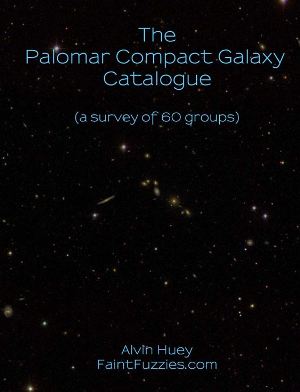
Below is my personal observation list of the 'Palomar Galaxy Cluster catalog'.
So far, I have observed 28
Palomar Galaxy Clusters.
All of my EAA Observations were taken using a ZWO ASI294MC camera with ROI=2072x1410 (or 4144x2822 cropped) and a L-Pro broadband filter, and 8" SCT optical tube on a Gem.
Each image is generally centered on the Palomar cluster's core and has minimal processing applied to it. The Image has been converted to 'negative' to help bring out the tiny galaxies, rotated to match that of Alvin Huey's book, and resized to have the same general field size across images. Most of these are faint, even with long exposures.
| Palomar Object | +Mag | Constellation |
|---|---|---|
| PCG2221-0105 | +16.3 | Aquarius |
| PCG2324+0051 | +15.6 | Pisces |
| PCG2334+0037 | +15.4 | Pisces |
| PCG0009+1958 | +15.9 | Pisces |
| PCG0011+0544 | +16.1 | Pisces |
| PCG0017-0206 | +15.1 | Pisces |
| PCG0038+0245 | +16.0 | Pisces |
| PCG0045+1940 | +15.8 | Pisces |
| PCG0127+1459 | +15.8 | Pisces |
| PCG2226+0512 | +15.4 | Pegasus |
| PCG2259+1329 | +15.7 | Pegasus |
| PCG2312+1017 | +15.7 | Pegasus |
| PCG2332+1144 | +15.6 | Pegasus |
| PCG0209+1039 | +15.5 | Aries |
| PCG0209+0452 | +15.6 | Cetus |
| PCG0250+0700 | +15.6 | Cetus |
| PCG0303+0847 | +15.1 | Cetus |
| PCG0904+4523 | +16.3 | Lynx |
| PCG0915+2130 | +15.8 | Cancer |
| PCG0854+4919 | +15.3 | Ursa Major |
| PCG0928+6347 | +15.3 | Ursa Major |
| PCG0953+5710 | +15.4 | Ursa Major |
| PCG1221+5548 | +15.4 | Ursa Major |
| PCG1212+2235 | +15.2 | Coma Berenices |
| PCG1352+1234 | +16.1 | Bootes |
| PCG1528+4235 | +15.7 | Bootes |
| PCG1525+2956 | +15.1 | Corona Borealis |
| PCG1513+1907 | +15.8 | Serpens |


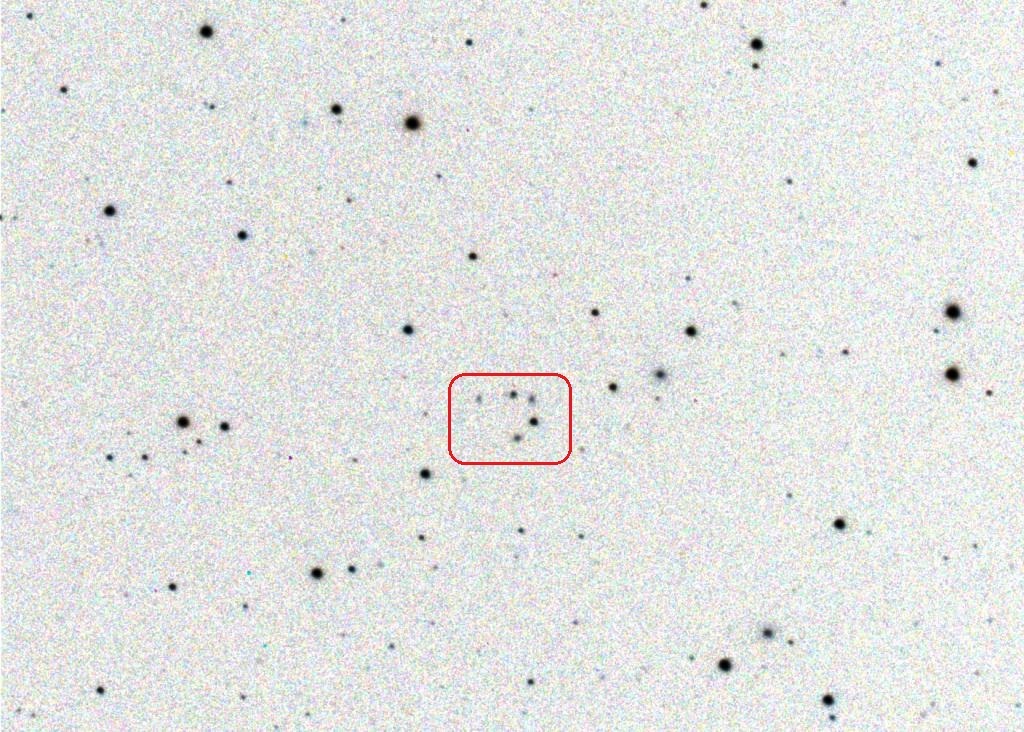


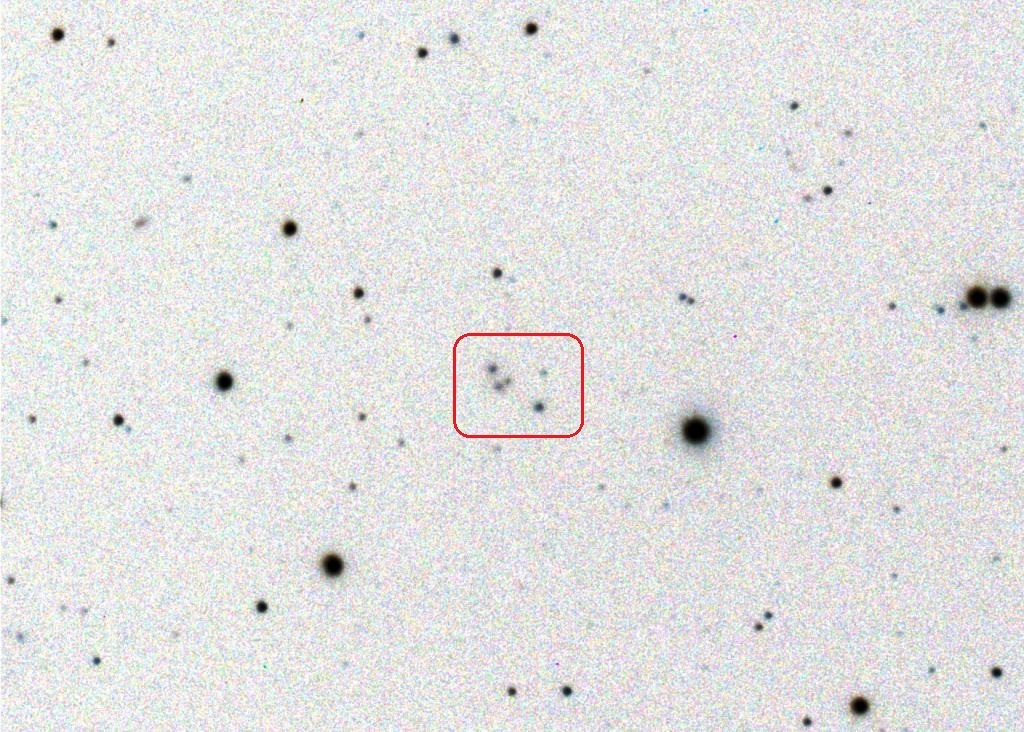



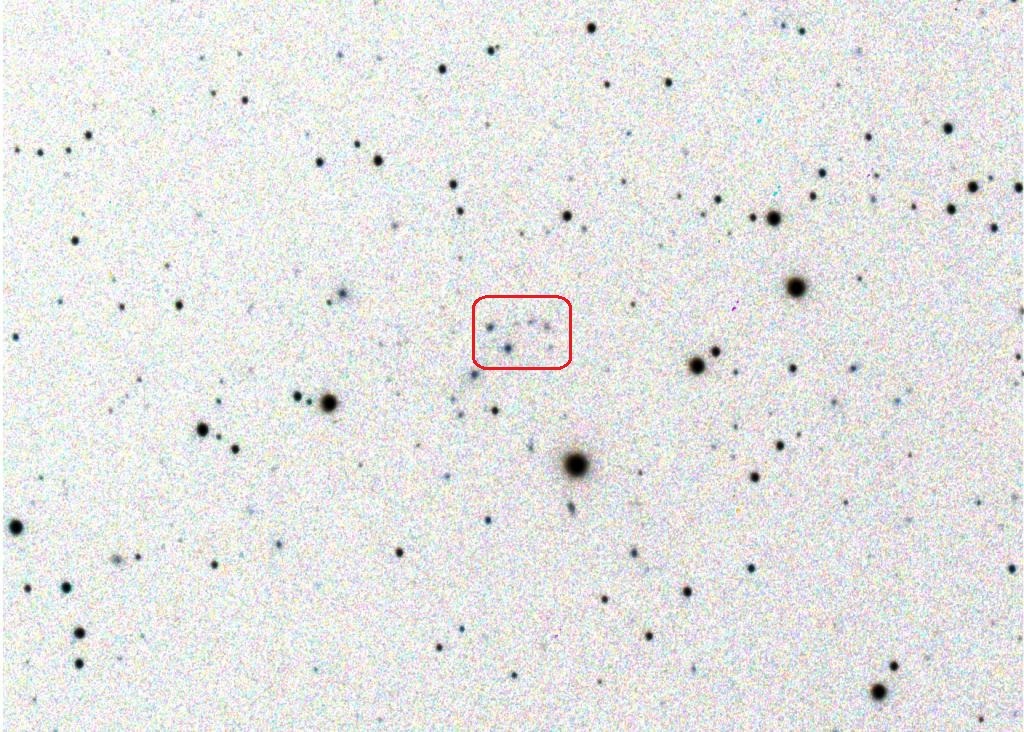




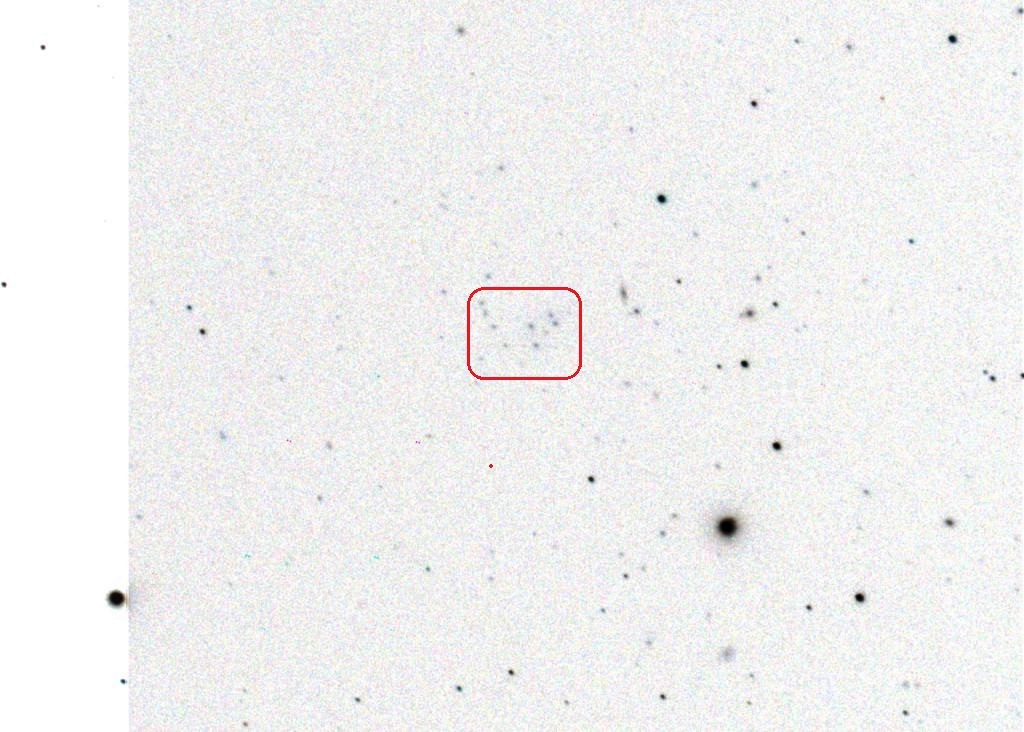













Hope you enjoyed the visit. Come again soon!
Larry McHenry, Pittsburgh, PA. USA
Astronomical Webportal: